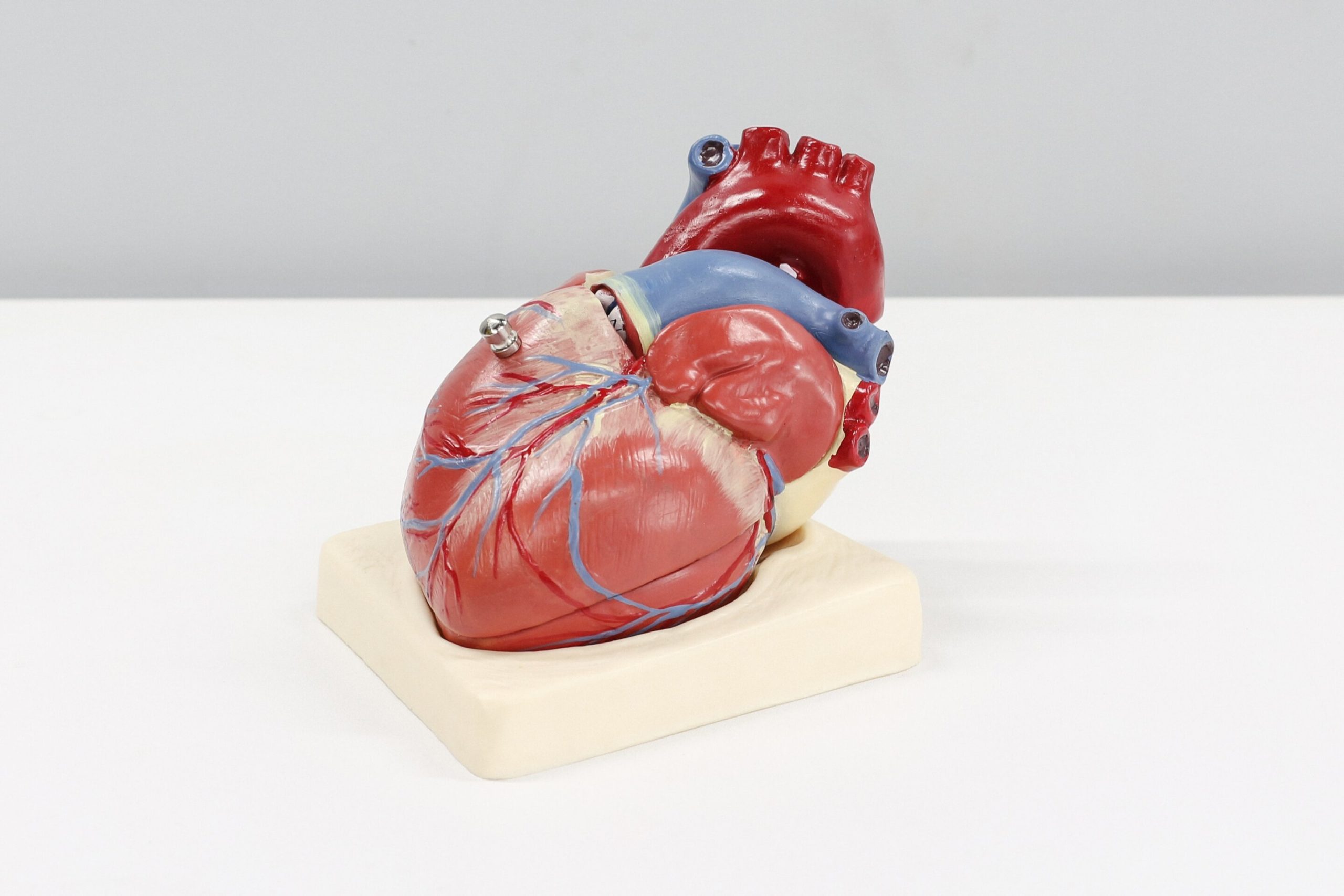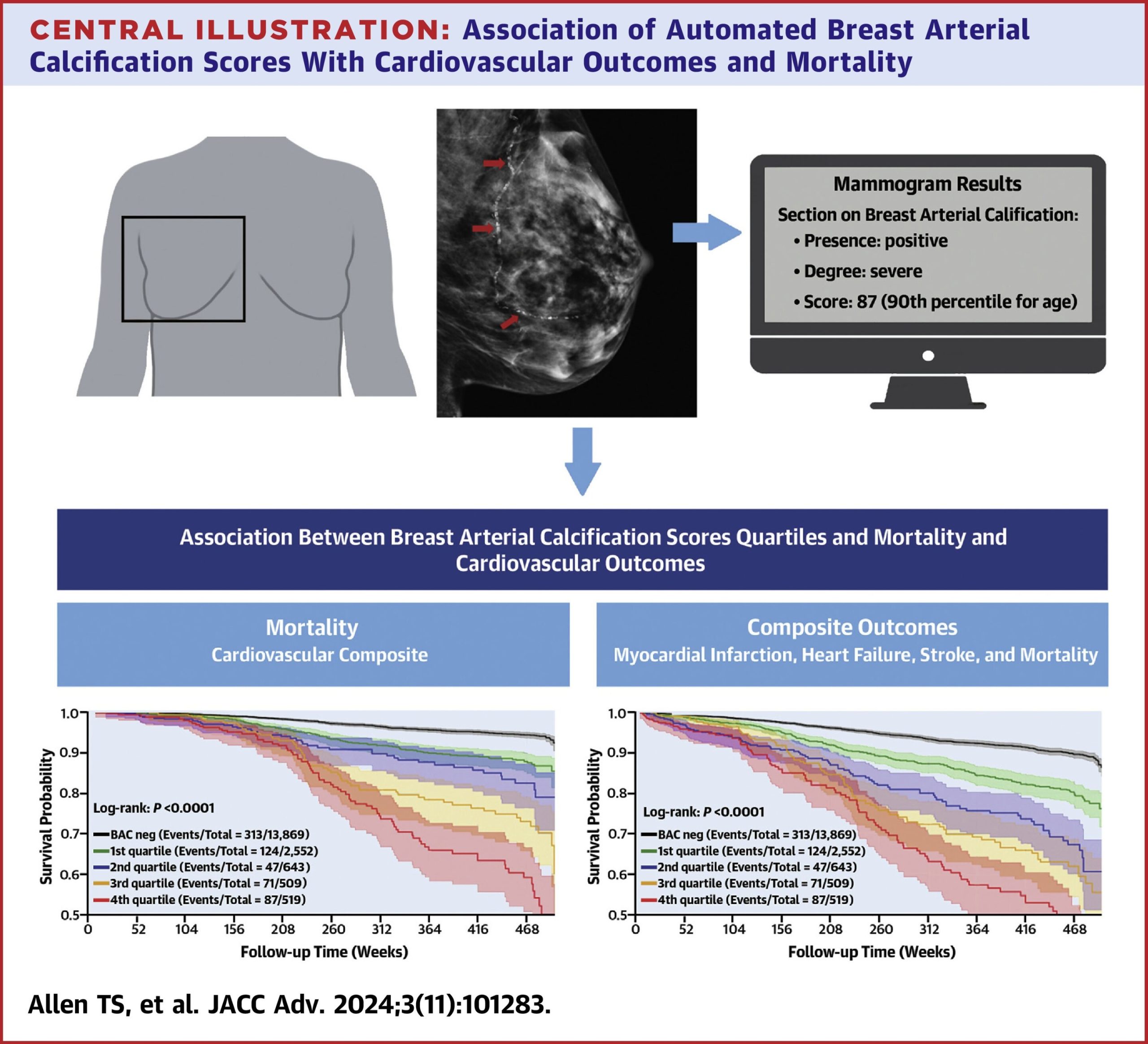“Don’t poke the bear”, they said. But that’s exactly what a team of scientists have been doing, to discover the secrets of blood clotting.
Hibernating bears, paralysed humans, and pigs kept in small enclosures all avoid dangerous blood clots, despite being immobile for extremely long periods.
Research from the University of Reading, with partners in Denmark, Germany, Norway and Sweden, shows that reduction of a key protein prevents the formation of blood clots in all three mammal species when they are still for days, weeks, months, or even years at a time. The study is published today (13 April 2023), in Science.
If you’ve ever taken a long haul flight, you might have taken advice to prevent a dangerous blood clot – deep vein thrombosis – from forming in one or both of your legs, while you sit still for multiple hours, dreaming of your destination. Perhaps you set a reminder to get up and walk around, and you wore compression socks to keep the blood from pooling in your legs.
Most people won’t experience a clot if they take care on a flight, but there is a serious risk for some people who are pre-disposed to blood clots, due to genetic factors.
The discovery that a protein known as Hsp47 is dramatically reduced, by 55 times, when someone is immobilised for a much longer period than a flight, could lead to new medicines to help those who have inherited blood clotting disorders that put them at risk for pulmonary embolism, heart attack, and stroke.
Professor Jon Gibbins led the work at the University of Reading. He said: “It seems counterintuitive that people who have severe paralysis don’t appear to be at higher risk of blood clots. This tells us that something interesting is happening. And it turns out that reducing levels of Hsp47 plays a key role in preventing clots, not just in humans, but in other mammals, including bears and pigs.
“When we see something like this in multiple species, that reinforces its importance. Having Hsp47 must have been an evolutionary advantage.”
Hsp47 is released by platelets – the sticky blood cells that trigger blood clotting. Usually clotting is an important response to an injury, to prevent blood loss, and Hsp47 is one of the necessary ingredients to enable platelets to do their job. Examining the role of Hsp47 in clotting function the team found that when released into the blood of bears, mice and humans that it promoted conditions that may give rise to deep vein thrombosis.
Professor Gibbins said “We aren’t totally sure how, but it appears that there is something about movement that keeps Hsp47 at an appropriate level. It could be that the mechanical forces involved in moving around actually have an impact on gene expression, dramatically increasing the amount of Hsp47 that circulates in the blood.”
The team took blood samples from bears in winter, while hibernating, and in summer, while awake and moving around. They also compared people who were immobilised with those who can move and walk. And finally, pigs kept in small pens were compared with others that were free to move around in barns. In all three cases, proteomics experiments showed that the absence of movement was associated with having far less Hsp47.
Professor Gibbins said: “Now we know that Hsp47 is so important, we can begin to look for new or existing medicines that might be able to inhibit the function of this protein in blood clotting and protect mobile people who are prone to clots.”


